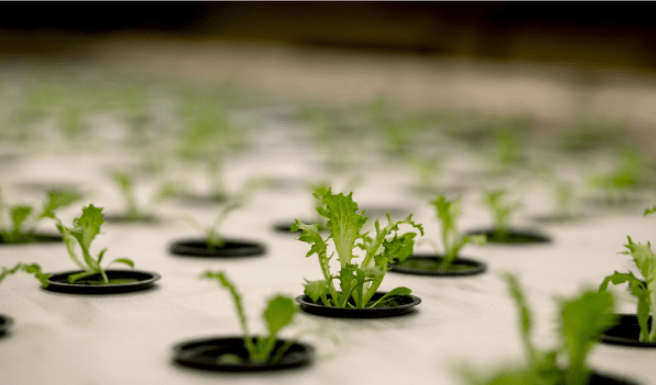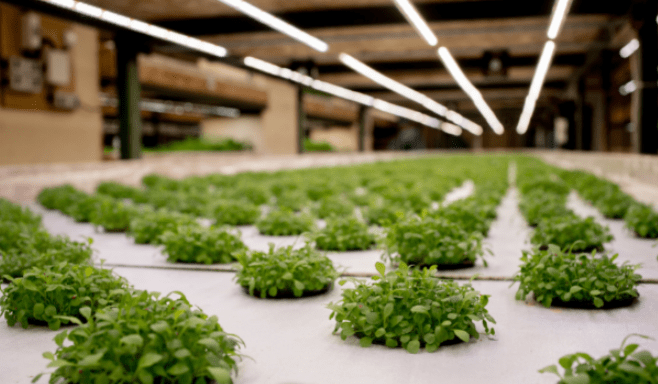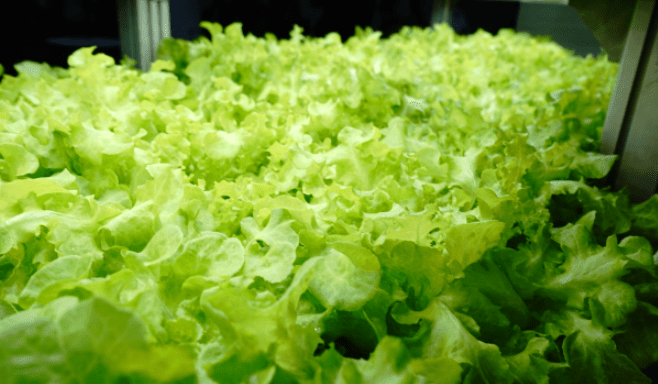Rockwool is a popular growing medium for hydroponic gardens. It is made of spun fibers and holds moisture and nutrients for plants. Rockwool cubes for hydroponics and slabs are a popular choice for growers because they are sterile, lightweight, and can hold a lot of water.
What Is Rockwool?
Rockwool is made from melted rock and has a similar consistency to cotton candy. The material is spun into fibers compressed into blocks or cubes. It is also used for insulation in buildings and homes because it can hold temperatures well, making it an excellent growing medium for hydroponic gardens.
Why Use Rockwool?
The essential reason growers use rockwool is its ability to hold water and nutrients. Plants don’t need as much soil or other media to survive when growing with hydroponics as if they were grown traditionally using soil as their medium. Rockwool keeps roots moist and allows for better aeration than soil because there are no holes in the material where air could escape.
How to Use Rockwool in Your Hydroponic Garden
Rockwool comes in many different forms, including cubes, slabs, and blocks. It is critical to prepare the rockwool before you plant your garden.
Most growers use cubes because they are easy to use. However, larger plants should use slabs as they will give the plants more room to grow roots outwards instead of just downwards like the cube form. If using either type, make sure there are drainage holes on the bottom so excess water can drain away from the root system before reaching saturation point.
To prepare the cubes, soak them in water for a minimum of 30 minutes.. This will help them to absorb moisture and become pliable.
Best Plants for Hydroponic Growing
Not all plants are suitable for hydroponic growth. The best candidates are plants with high resistance to plant disease. The best plants to use for hydroponic rockwool gardening are:
- Cucumbers
- Strawberries
- Spinach
- Tomatoes
- Peppers, including bell peppers and hot peppers
- Herbs
- Lettuce varieties such as bibb, romaine, and butterhead lettuces
Types of Hydroponic Systems
You can choose the best hydroponic system that works for you among a few different types. While there are many variations of these systems, the most common ones are:
Ebb and Flow Systems
If you’re using ebb and flow trays, place cubes inside the tray. Pour water into your reservoir until it reaches just below your roots. You can also use an air pump or powerhead to create bubbles within the water reservoir to help ensure that all plants receive adequate oxygenation.
Drip Systems
A drip system is an active hydroponic system. This means that it uses a pump to feed your plants with nutrients and water regularly. It is also called trickle, or micro irrigation system. As the name suggests, the system uses small emitters to drip the nutrient solution directly onto your plants.
Caring for Plants in a Rockwool System
Caring for your plants in a rockwool system; you will need to monitor your water’s pH and nutrient levels and check that all emitters are working correctly so that every plant receives adequate nutrients and oxygenation. Check the roots often for any signs of problems such as root rot or infestations.
A New Growing Medium
Green Diamond Stonewool was created by a small group of hydroponic growers who were passionate about maximizing the capabilities of rockwool. With drive, diligent research, and a commitment to excellence, Green Diamond Stonewool was established. Our goal is to offer affordable, cutting-edge rockwool cubes & slabs to the hydroponic industry.
Green Diamond Stonewool rockwool products are designed to create healthier root systems and larger yields. Our rockwool cubes for hydroponics have the perfect number of air pockets and encourage vigorous, multidirectional root growth throughout the entire system.
Try Green Diamond Stonewool’s hydroponic rockwool cubes today and experience the difference. For more information about our rockwool products, call us at (888) 980-WOOL or visit our contact page.




